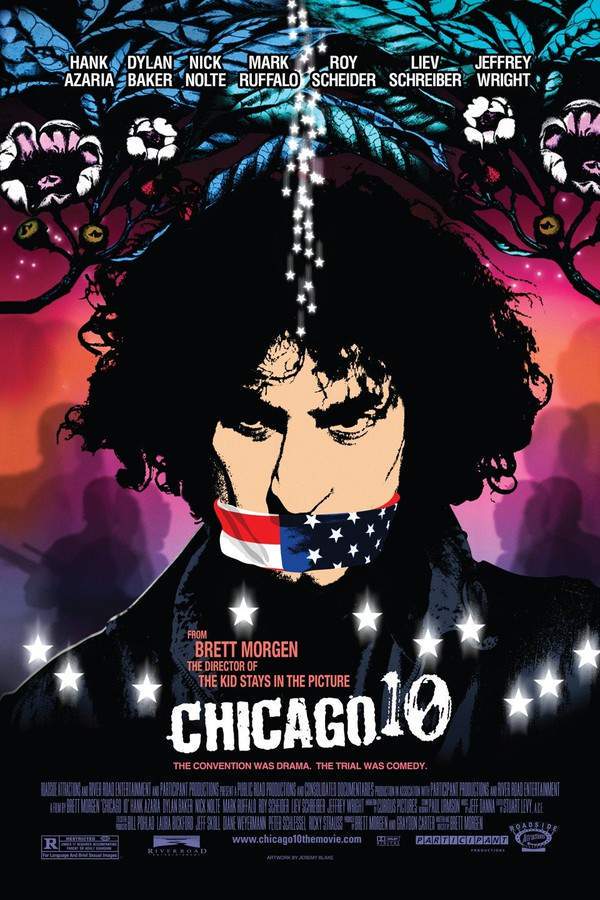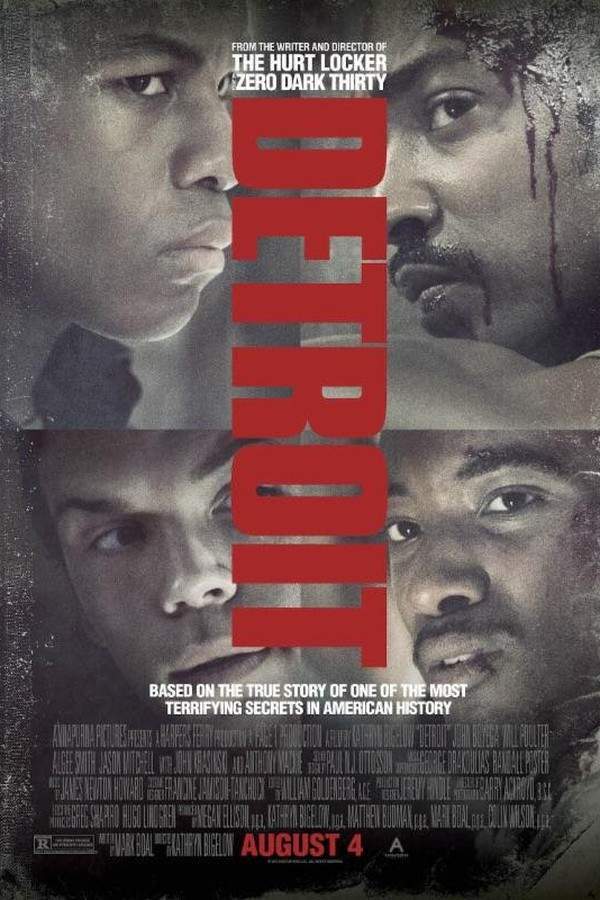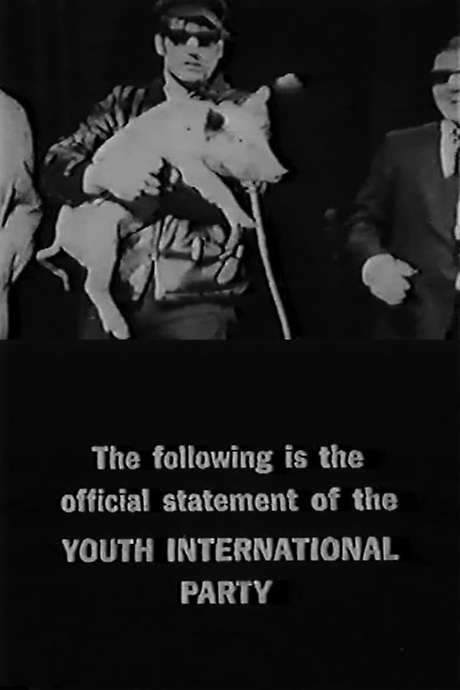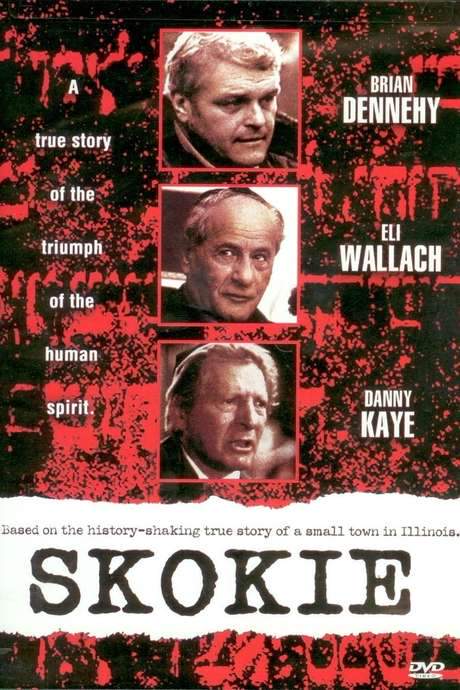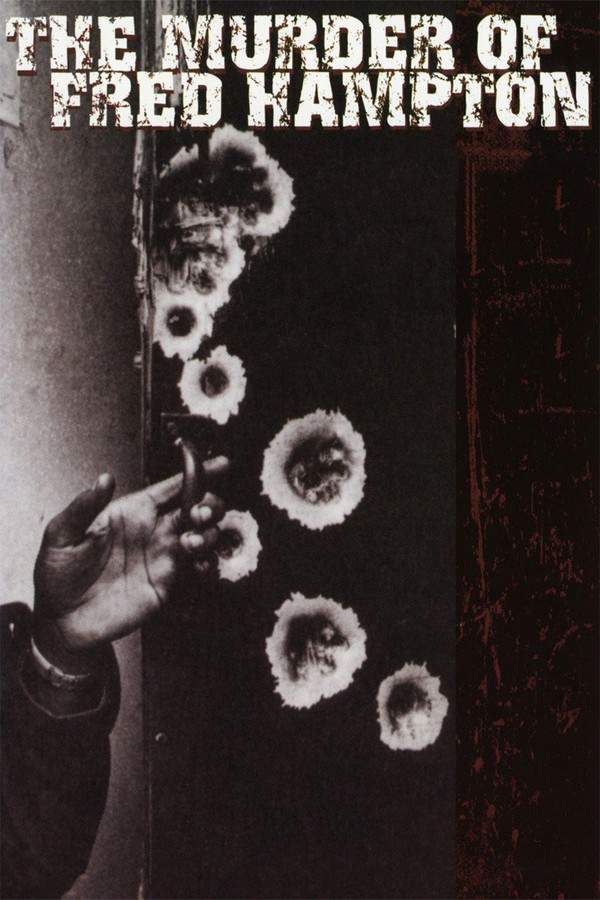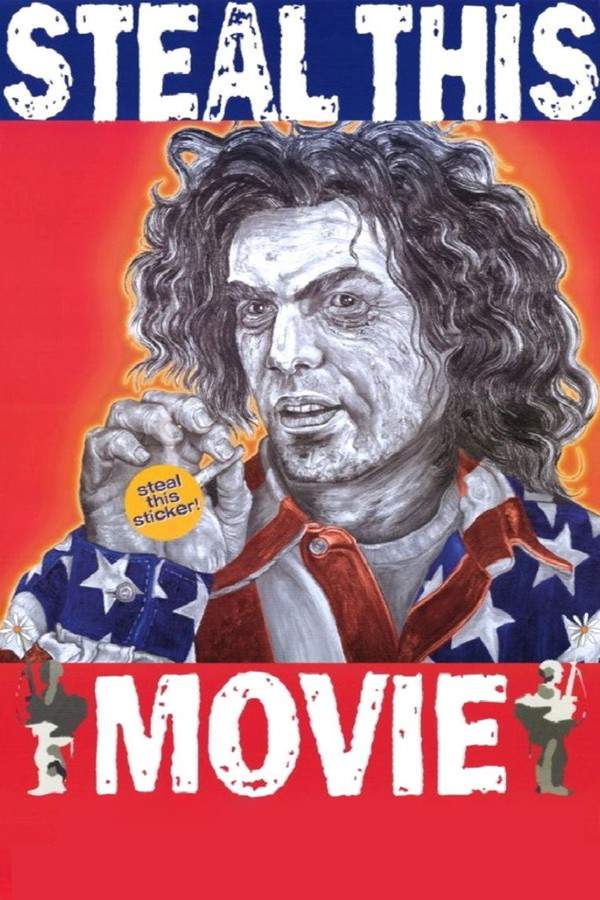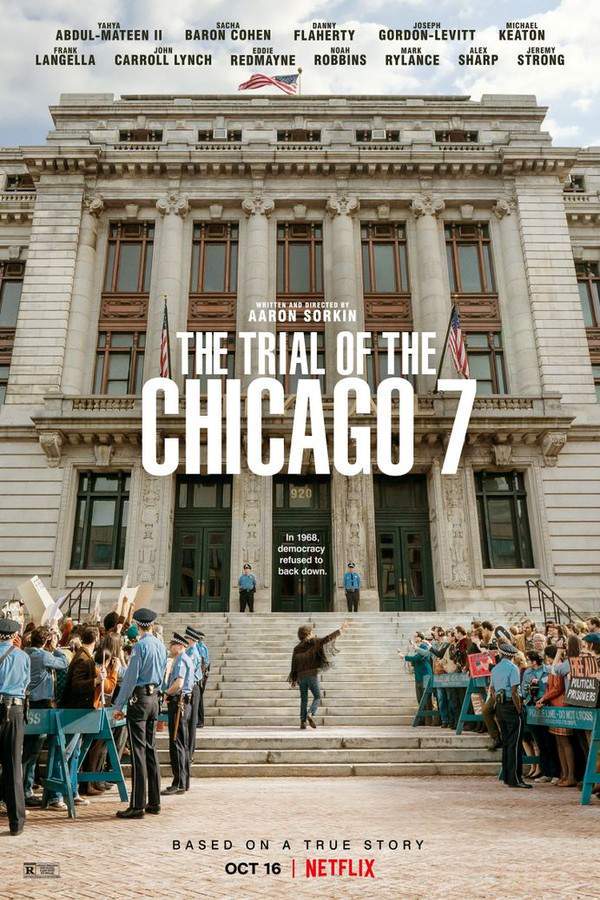
The Trial of the Chicago 7
During the 1968 Democratic National Convention, a planned demonstration turns violent, leading to clashes between protesters and police. Seven activists, known for their counterculture views and leadership in the anti-Vietnam War movement, are subsequently charged with conspiracy. Their trial becomes a high-profile legal battle, testing the boundaries of free speech and challenging the government's response to dissent during a time of significant social unrest.
Warning: spoilers below!
Haven’t seen The Trial of the Chicago 7 yet? This summary contains major spoilers. Bookmark the page, watch the movie, and come back for the full breakdown. If you're ready, scroll on and relive the story!
The Trial of the Chicago 7 (2020) – Full Plot Summary & Ending Explained
Read the complete plot breakdown of The Trial of the Chicago 7 (2020), including all key story events, major twists, and the ending explained in detail. Discover what really happened—and what it all means.
In August 1968, a group of activists including Abbie Hoffman, Jerry Rubin, Tom Hayden, Rennie Davis, David Dellinger, Lee Weiner, John Froines, and Bobby Seale gather to plan a demonstration at the Democratic National Convention in Chicago. However, five months later, they find themselves arrested on charges of “crossing state lines” to incite a riot. The prosecution is led by John N. Mitchell, who appoints prosecutors Tom Foran and Richard Schultz to handle the case, while all defendants except Seale have legal representation from William Kunstler and Leonard Weinglass.
The trial is overseen by Judge Julius Hoffman, who exhibits clear bias towards the prosecution, notably insisting that he and Abbie Hoffman are not related. Due to illness, Seale’s attorney, Charles Garry, cannot attend, prompting Judge Hoffman to compel Kunstler to represent Seale, a move both Kunstler and Seale vehemently oppose. Throughout the proceedings, Seale receives support from Fred Hampton, a fact that Judge Hoffman misinterprets as legal counsel. Meanwhile, Abbie’s blatant disdain for the court contributes to growing tensions, leading to Judge Hoffman dismissing two jurors suspected of sympathizing with the defendants, claiming threats from the Black Panther Party as the reason.
As the trial unfolds, police and FBI testimonies spotlight growing hostilities. When Hayden spots two officers following Davis during the convention, he attempts to deflate their tire but is caught and arrested. This act spurs Abbie and the others to protest at the police station, but they are met with a police blockade, resulting in chaotic clashes between the protestors and law enforcement.
Tragedy strikes when the defendants learn that Fred Hampton was killed in a police raid, a catalyst that intensifies the situation in court. In response to Seale’s vocal defense of his rights, Judge Hoffman has him forcibly removed, beaten, and returned to the courtroom in a degrading condition, gagged and chained. Such actions lead to objections from both the defense and the prosecution, ultimately compelling Judge Hoffman to declare a mistrial for Seale’s case.
The defense brings forward Ramsey Clark, the Attorney General during the tumultuous events, to assert that he had avoided launching prosecutions due to evidence that the Chicago Police Department instigated the riots. However, Judge Hoffman denies Clark the opportunity to testify before the jury, dismissing the relevance of his claims. The atmosphere in the courtroom becomes increasingly volatile, culminating in Dellinger’s outburst that results in his arrest after he strikes a bailiff.
Kunstler subsequently reveals a tape that implicates Hayden, preparing him for cross-examination. During the chaotic night of the riots, Hayden notices Davis trying to calm officers who were aggressively handling a protester climbing a flagpole. When Davis is assaulted by police, an inflamed Hayden asserts, > “If blood is going to flow, then let it flow all over the city!” This moment leads to violent repercussions, as the defendants suffer brutal beatings at the hands of the police.
Amidst the courtroom drama, Abbie discerns that Hayden’s words may be exploited during the trial, prompting Hayden to request Abbie to take the stand in his place. Abbie agrees, recognizing the weight of the situation.
As the trial concludes, Judge Hoffman surprisingly grants Hayden the opportunity to speak, remarking on his apparent remorse. However, contrary to Hoffman’s expectations, Hayden seizes this moment to blast the ongoing Vietnam War by recounting the 4,752 soldiers that have fallen since the beginning of the trial. His emotional plea resonates deeply with the courtroom, prompting many present to rise in applause, including Schultz, who stands in an act of respect for the sacrifices made. This powerful moment encapsulates the emotional and ethical stakes at play throughout the trial, leaving a significant mark on all who witness it.
Last Updated: May 12, 2025 at 07:04
Ending Explained – What Happens at the End of The Trial of the Chicago 7?
Still wondering what the ending of The Trial of the Chicago 7 (2020) really means? Here’s a spoiler-heavy breakdown of the final scene, major twists, and the deeper themes that shape the film’s conclusion.
The ending of The Trial of the Chicago 7 underscores the triumph of resilience and moral conviction over corruption and abuse of power. Throughout the film, we see that despite the blatant manipulation of the trial by those in authority—who blatantly distort facts, fabricate evidence, and manipulate jurors—the accused remain steadfast in their beliefs. Their fight is not just against the specific charges but against a system that seeks to silence dissent and maintain control through injustice. The final courtroom scenes reveal that even as the legal process is rigged and the verdict seems predetermined, the voices of these activists echo beyond the courtroom walls, inspiring viewers to question authority and cherish the importance of free speech and civil resistance.
In the end, the film leaves us with the powerful message that democracy’s strength lies in its ability to withstand such oppressive tactics. The characters, especially those like Abbie Hoffman and Tom Hayden, show that true activism does not end with legal battles; it’s a call for lasting change rooted in moral courage. The verdict may be unjust, but their refusal to be silenced affirms that dissent, when held with conviction, has the power to challenge even the most manipulated and corrupt systems. Ultimately, the film suggests that even in the face of systemic injustice, the true spirit of democracy endures in the collective stand for truth and justice, which can ignite change across generations.
Last Updated: June 25, 2025 at 08:58
Unlock the Full Story of The Trial of the Chicago 7
Don't stop at just watching — explore The Trial of the Chicago 7 in full detail. From the complete plot summary and scene-by-scene timeline to character breakdowns, thematic analysis, and a deep dive into the ending — every page helps you truly understand what The Trial of the Chicago 7 is all about. Plus, discover what's next after the movie.
The Trial of the Chicago 7 Timeline
Track the full timeline of The Trial of the Chicago 7 with every major event arranged chronologically. Perfect for decoding non-linear storytelling, flashbacks, or parallel narratives with a clear scene-by-scene breakdown.

Characters, Settings & Themes in The Trial of the Chicago 7
Discover the characters, locations, and core themes that shape The Trial of the Chicago 7. Get insights into symbolic elements, setting significance, and deeper narrative meaning — ideal for thematic analysis and movie breakdowns.

The Trial of the Chicago 7 Ending Explained
What really happened at the end of The Trial of the Chicago 7? This detailed ending explained page breaks down final scenes, hidden clues, and alternate interpretations with expert analysis and viewer theories.

Similar Movies to The Trial of the Chicago 7
Discover movies like The Trial of the Chicago 7 that share similar genres, themes, and storytelling elements. Whether you’re drawn to the atmosphere, character arcs, or plot structure, these curated recommendations will help you explore more films you’ll love.
Explore More About Movie The Trial of the Chicago 7
The Trial of the Chicago 7 (2020) Scene-by-Scene Movie Timeline
The Trial of the Chicago 7 (2020) Movie Characters, Themes & Settings
The Trial of the Chicago 7 (2020) Ending Explained & Theories
The Trial of the Chicago 7 (2020) Spoiler-Free Summary & Key Flow
Movies Like The Trial of the Chicago 7 – Similar Titles You’ll Enjoy
Conspiracy: The Trial of the Chicago 8 (1987) Story Summary & Characters
Chicago 10 (2008) Movie Recap & Themes
Vladimir and Rosa (1971) Complete Plot Breakdown
Detroit (2017) Plot Summary & Ending Explained
Police on Trial (2022) Film Overview & Timeline
The Trial (1962) Complete Plot Breakdown
Yippie (1968) Full Summary & Key Details
Skokie (1981) Ending Explained & Film Insights
Hollywood on Trial (1976) Full Summary & Key Details
The Murder of Fred Hampton (1971) Film Overview & Timeline
Steal This Movie (2000) Movie Recap & Themes
The Trial (1993) Full Summary & Key Details
The Trial of Lee Harvey Oswald (1964) Complete Plot Breakdown
The ’60s (1999) Film Overview & Timeline
The Trial of Lee Harvey Oswald (1977) Movie Recap & Themes




